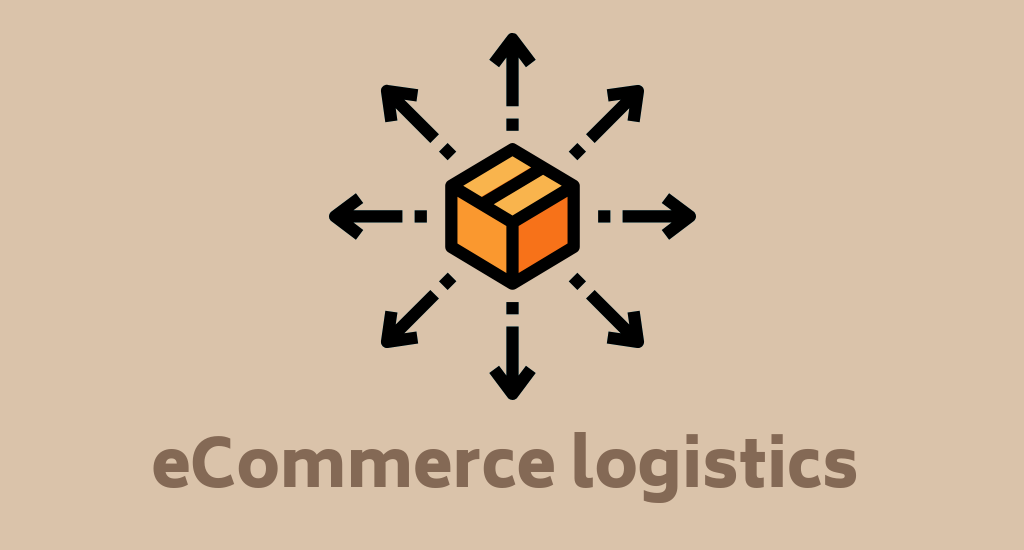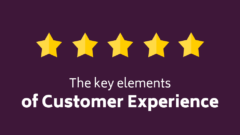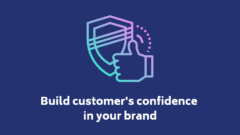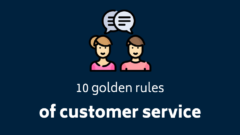The term “logistics model” might sound complicated at first. It’s nothing other than all the actions you undertake to stock and sell products in your store. There are 3 main logistics models: warehouse model, fulfilment and dropshipping. Every single one of them has its pros and cons. Get to know the three models, to choose the right one for your online business.
The evolution of logistics in retail
The means of product distribution changed in the last decades. Before the 1970s, most of the retailers acquired their stock by direct deliveries from suppliers to their private warehouses. When the first distribution centres were established, retailers were able to cut logistics costs significantly. In the 1990s the well-functioning system of distribution centres went global. Retail centres grew bigger to accommodate products from overseas suppliers as the economy both in developed and developing countries sped up. At the very beginning of the XXI century, the internet became so ubiquitous, that the need for online purchasing skyrocketed. The biggest eCommerce companies emerged. With this shift towards maximum convenience came a burst of popularity of the dropshipping model of distribution among e-tailers. The evolution still doesn’t slow down. Nowadays every single one of distribution models has many variants that are often combined in hybrids to suit the needs of various brick-and-mortar and online businesses.
The warehouse model of distribution
This model of distribution is the oldest, but still popular among small eCommerce businesses. Owning a warehouse is a good option both for small e-stores that sell a narrow, easily-manageable range of products, and big ones, that have enough resources to handle the costs of renting space and employing workforce.
Pros of private warehouse:
- You’re in full control over your stock.
- You can quickly react in case of complaint or return request.
- Lower prices of stock when buying a large number of items.
- No middleman and therefore no delays or complications that are beyond your control.
- If you sell locally, you can offer the possibility of personal pick up.
- You can adjust the shipment to the work hours of the post office and courier companies to speed up your deliveries.
- You can easily personalise orders and packaging to boost your brand awareness.
Cons of private warehouse:
- Control over your stock also means responsibility for it. Managing all the orders is very time-consuming.
- This solution has low scalability due to limited space available.
- You need to employ warehouse workers or do the heavy lifting yourself.
- Big upfront investment.
- The high and unavoidable cost of rent may get a small store out of business during tough times.
Outsourced fulfilment
Outsourcing order fulfilment means that the stock you bought is managed by a third party logistics provider. All you need to do is send your inventory to their warehouse. They will store and send it out to your client whenever he or she makes a purchase in your store. Switching to this solution requires putting some thought into. You need to find a reliable fulfilment provider whose service won’t cost you an arm and a leg. Maintaining a balance between having competitive prices and decent margins might not be easy.
Pros of outsourced fulfilment:
- Your team can focus on promotion and marketing.
- The higher the number of orders the lower the costs of delivery.
- No need to employ warehouse workers.
Cons of outsourced fulfilment:
- Less control over the items you sell.
- You still need to buy the assortment beforehand. Plus, there are fees for every delivery made by a fulfilment provider.
- There is a risk of mistakes and damages made by warehouse workers.
- It takes longer to execute return requests and complaints made by your customers.
- Fulfilment providers often set minimum order quantities that are hard to meet for small businesses.
- No opportunity for using branded packaging.
Dropshipping
Dropshipping is a catchy buzzword in eCommerce lately. With this model of distribution, you are able to outsource all the physical work required for running an online store. You have no contact with your product at all. It’s a great option for expanding the product range of your business or starting an eCommerce company from scratch. However, dropshipping isn’t a risk-free business venture.
Pros of dropshipping:
- No upfront investment.
- No storage or fulfilment costs.
- Dropshipping businesses scale easily.
- No need to stock up in advance rules out the risk of wrong demand predictions. You will never get stuck with piles of products that don’t sell.
- You can focus solely on branding and marketing of your store.
Cons of dropshipping:
- A highly competitive market for most products. A good USP (Unique Selling Point) is a must.
- Zero control over items you sell.
- The necessity of finding a trustworthy and reliable supplier.
- Slow returns and complaints handling.
Which one should you choose?
Now that you know what are the three basic eCommerce logistics models, it’s time to pick the one that will suit the needs of your business best.
The decision might be easier if you realise that you don’t have to choose one. There is always a possibility of merging two or three of those logistic solutions into a hybrid that is perfectly fitted to your needs. For example, to build a successful computer store you could use all the three models at once. The private warehouse would be good to store all the most frequently sold items, while you can outsource fulfilment of orders for the big and heavy objects. Plus, you could sell software keys using a digital variant of dropshipping. This way you can offer a broad product range while keeping your business as cost-effective as possible.
About the author

- Elliot
- Content specialist and gaming enthusiast. Trained to be a philosopher. Interested in Deep Learning, scalability and startups.






